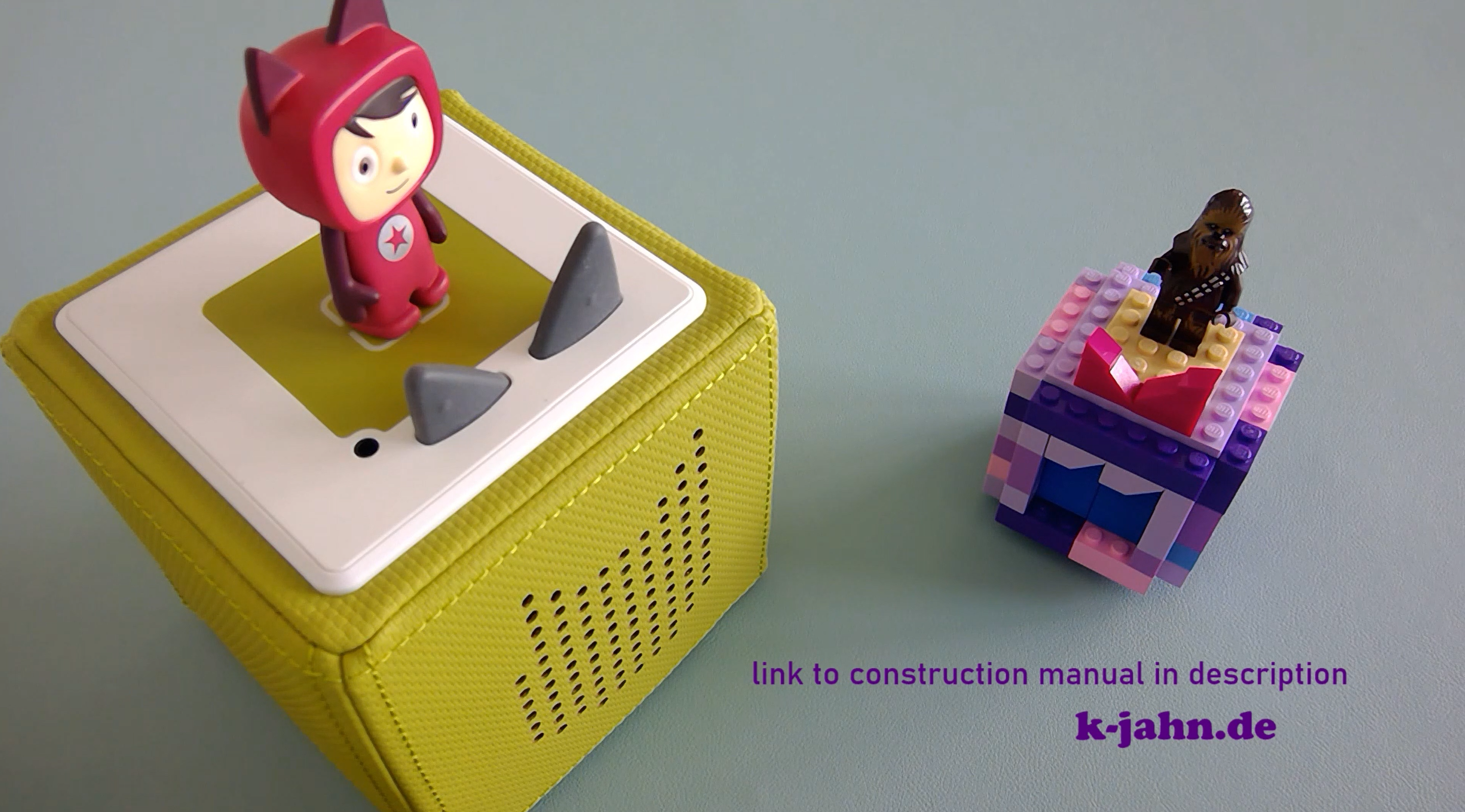Hi. I’m Karsten. I went to Japan. For almost 3 weeks. And I’m allergic to Soy. But I survived. So I’m probably invincible.
Just kidding. However, I wanted to share my experiences and give some advice for people with a similar condition.
Here are the two PDFs I had printed and carried always with me. Details below. Feel free to use at your own risk, I do not accept any responsibilities regarding completeness or correctness.
The Challenge
So first of all, yes, soy is everywhere. Food without soy bean related ingredients are really, really rare. Everyone I talked to has never heard of people being allergic to soy. So it’s a surprise for everyone, when I asked them about soy-free food on their menu. A question they have never heard before.
At the same time, communication is an issue. You know how everyone tells you that the English level in Japan is very low. With all due to respect, it’s much lower than that. I had problems checking in at large hotels without the translator app. So trusting communication without being able to speak Japanese is probably a risk.
My Approach
I asked a friend who speaks Japanese to write down 2 sentences for me…
| すみません、私が大豆(豆 みそ 納豆 豆腐にふくまれて)にアレルギーがあります。 | Excuse me, I’m allergic to soy (soybeans, miso, natto, and tofu). |
| 貴社のメニューの中に私が食べられるものはありますか? | Is there anything on your menu that I can eat? |
I printed them out (lots of copies in every bag and pocket). I called it “my sign”. Wherever I sat down to eat, the first thing I did was pull out my sign and show it to the person I’d order with. The responses were always the same. It started with curiosity, followed by surprise and then immediately, and with a friendly face, I was asked whether it’s okay for them to take the sign into the kitchen to check.
Usually they would come back and telling me the limitations or what I was not allowed to eat. In most cases they just showed me the options on the menu. 3 times I was told that they are afraid but don’t have anything for me. In one case I heard a voice from the kitchen yelling: “dude, you’re safe here!”
Important for communication without much language: It’s not common to use thumbs up or down in Japan. Instead they do the OK sign (thumb and index finger creating a circle) or crossing their arms (sometimes just the index fingers) to form an X.
Soy is Basic Food in Japan
Most people have never heard about soy allergy in Japan. Funny enough, at one place my waiter was also allergic to soy and had a great English. He told me that they had nothing safe to eat for me and I had to leave. Oh, the irony.
Anyways. I expected that this was not very commong, so I also printed a second sheet of paper, from website I found somewhere (LINK). It’s a explanation about soy allergy, what it includes and how it could be avoided. I liked having it with me, in case there were further questions, and it came quite handy. Once. But still.
Medical Preparations
Before my trip, I asked my doctor to prescribe me some emergency kit. I got 4 levels of escalation drugs with me, from regular allergy pills to an epi pen. In Japan, wherever I went, these were always in my backpack, which was always on my back or right next to me. My doctor made a good point when she said that “these are completely worthless, when they’re in your hotel room”.
Also, I got her phone number to reach out if the allergy hits me and I’d be using my emergency kit (which I did not). Given the level of English in Japan, I thought I wanted to be best prepared to help myself quickly instead of trying to explain something over the phone to someone not speaking Japanese, while having an allergy attack. So my plan was to take my medication, call the Japanese emergency (or, even better: have someone else call them), and then also check in with my doctor back home afterwards.
The phone number for medical emergencies in Japan is 119. Memorize that! It’s 911 backwards.
How did it go? What did you eat?!
I was surprised with how well it went. Only 3 times there was nothing for me. Sushi is generally fine, as the soy sauce is added when eating. However there are differences. So it makes sense to get the chef on board. I had one that substituted items on a mixed plate for me, without even checking in again. He told me later, that some of them had soy in there and therefore he took a different one instead. Amazing.
I did not eat any miso soup, even though it would technically be possible to make. It’s just not common there. I also did not go to any of the street food places. Having the conversation with my sign outside with a long line behind me, did not seem nice towards the places.
Fun Fact: Beans and soy beans seems to be the same word in Japanese. Maybe other beans are also not very common in Japan. However, I had some confusing conversations about beans and, to be safe, I ended up with just avoiding beans all together.
To sum it all up: I was well prepared, and it was not much of a problem. But it was an inconvenience. I opted for eating something easy sometimes, to avoid the situation to show my sign again. Though whenever I did, the Japanese service culture did their best to not make me feel uncomfortable.


0 Comments